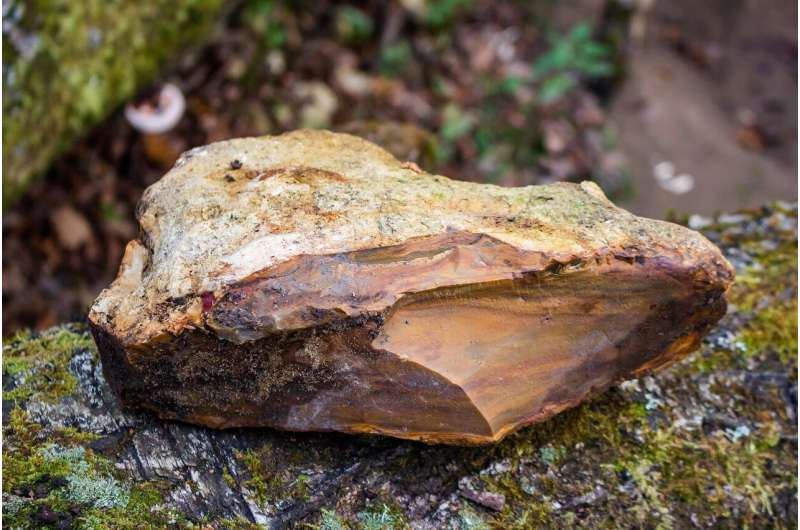Soil rock fragment is critical but unquantified factor affecting terrestrial carbon and nitrogen cycles

Rock fragment (RF) is defined as the mineral particles with diameter > 2 mm, and is widely distributed in the soils over the world, especially in mountainous areas. The role of RF on soil physical, chemical and biological processes have received great attention.
RF has been widely documented to affect soil hydraulic properties, hydrological status, temperature and soil C and N stocks, which are key factors controlling soil C and N biogeochemical and physical processes. Therefore, RF can exert great influences on soil C and N cycles.
Recently, the researchers led by Prof. Zhu Qing from Nanjing Institute of Geography and Limnology of the Chinese Academy of Sciences reviewed the possible effects of RF on soil C and N cycles, discussed the limitations in mechanisms and approaches to account for RF in soil C and N cycles, and proposed the solutions for future consideration of RF in soil C and N cycling research. The review was published in Geoderma.
In this review, the researchers concluded that RF can directly and indirectly affect the soil C and N cycles, through affecting soil C and N stocks, hydrology, temperature, and chemical weathering that releases C, N, cations and anions, consumes CO2 and regulates pH. Therefore, to better describe the soil C and N cycles and their responses to global change, it is critical to incorporate information of soil RF in experiments as well as statistical and process models.
Additionally, the researchers proposed three key points for investigating the role of RF on soil C and N cycles.
The first one is that new and improved mechanisms and approaches for sampling, measuring and mapping are needed to quantify the effects of RFs. The second one is that the influencing mechanisms and evolutions over time of RF should be jointly used to improve mechanism investigations and model simulations that span spatial and temporal scales. The last one is that studies on the effects of RF should be deployed from the perspective of earth's critical zone, and upscaled to the global perspective to investigate the roles of RF on global C and N cycles and future changes.
This review improves the understandings of RF and terrestrial C and N cycles, and their responses to global changes.
More information: Xiaoming Lai et al, Soil rock fragments: Unquantified players in terrestrial carbon and nitrogen cycles, Geoderma (2021). DOI: 10.1016/j.geoderma.2021.115530
Provided by Chinese Academy of Sciences


















